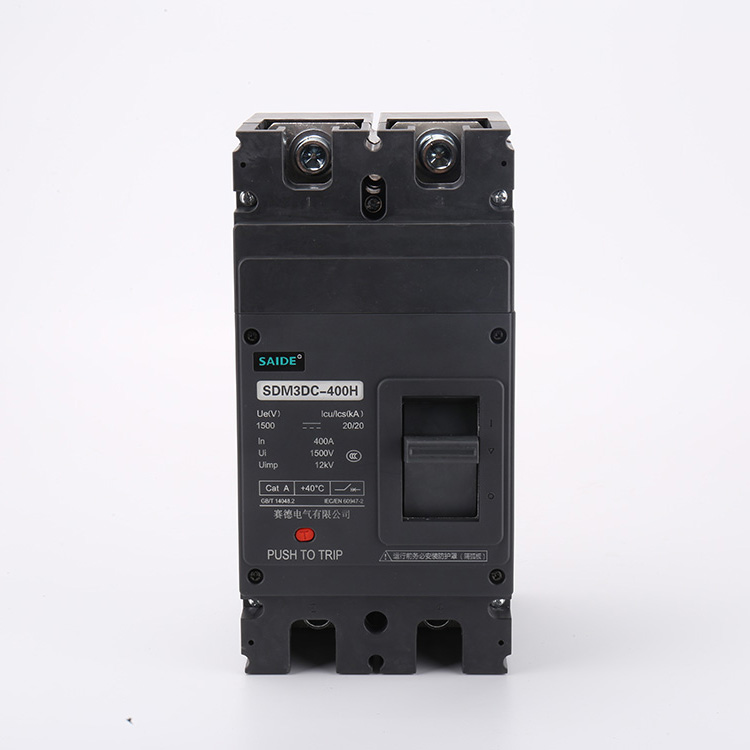Characteristics of Molded Case Circuit Breakers
2023-10-16
A Molded Case Circuit Breaker (MCCB) is an electrical protection device that is used in low-voltage electrical systems to provide overcurrent protection and disconnect circuits in the event of a fault or overload. MCCBs are commonly found in various applications, including residential, commercial, and industrial settings, where they help ensure the safety of electrical systems and prevent damage to equipment and wiring.
Here are the key features and characteristics of Molded Case Circuit Breakers:
1. Construction: MCCBs consist of a molded insulating case (hence the name) that houses the internal components. The case is typically made of a high-strength, fire-resistant thermosetting plastic.
2. Current Rating: MCCBs come in a wide range of current ratings, from a few amperes to several thousand amperes. The current rating indicates the maximum current the breaker can safely handle without tripping.
3. Voltage Rating: MCCBs are designed for specific voltage levels, and they should be selected based on the nominal voltage of the electrical system they protect.
4. Tripping Mechanism: MCCBs use various mechanisms to trip and interrupt the electrical circuit when overcurrent conditions occur. Common tripping mechanisms include thermal (overload) and magnetic (short-circuit) trip elements. Some MCCBs also have electronic trip units that provide adjustable protection settings and precise trip time coordination.
5. Adjustability: Many MCCBs allow users to adjust the trip settings, such as the current at which the breaker will trip and the time-delay characteristics. This adjustability allows for fine-tuning the protection for specific applications.
6. Trip Types: MCCBs can provide various types of protection, including:
- Thermal Protection: Protects against overload conditions, where the current exceeds the breaker's continuous current rating for an extended period.
- Magnetic Protection: Protects against short-circuit conditions, where a high, instantaneous current surge occurs.
- Ground Fault Protection: Some MCCBs include ground fault protection to detect and trip in the presence of ground faults (current leakage to ground).
7. Breaking Capacity: The breaking capacity of an MCCB indicates its ability to safely interrupt a fault current without damage. It's essential to select an MCCB with a breaking capacity sufficient for the system's fault levels.
8. Handle and Indications: MCCBs typically have an operating handle that allows users to manually turn the breaker on and off. They may also include indicators (such as LEDs) to show the breaker's status, such as whether it has tripped.
9. Mounting: MCCBs can be mounted on a DIN rail or a panel using appropriate mounting accessories.
10. Applications: MCCBs are used to protect electrical circuits and equipment from damage caused by overcurrent conditions, short circuits, and ground faults. They are commonly used in distribution panels, switchboards, motor control centers, and various other electrical installations.
11. Standards and Certifications: MCCBs must meet specific safety and performance standards established by organizations like the International Electrotechnical Commission (IEC) and Underwriters Laboratories (UL). Compliance with these standards ensures that the MCCBs are safe and reliable.
MCCBs are a critical component of electrical safety and protection systems, helping prevent electrical fires and damage to electrical equipment. Proper selection, installation, and maintenance of MCCBs are essential to ensure their effective operation in safeguarding electrical systems and equipment.



